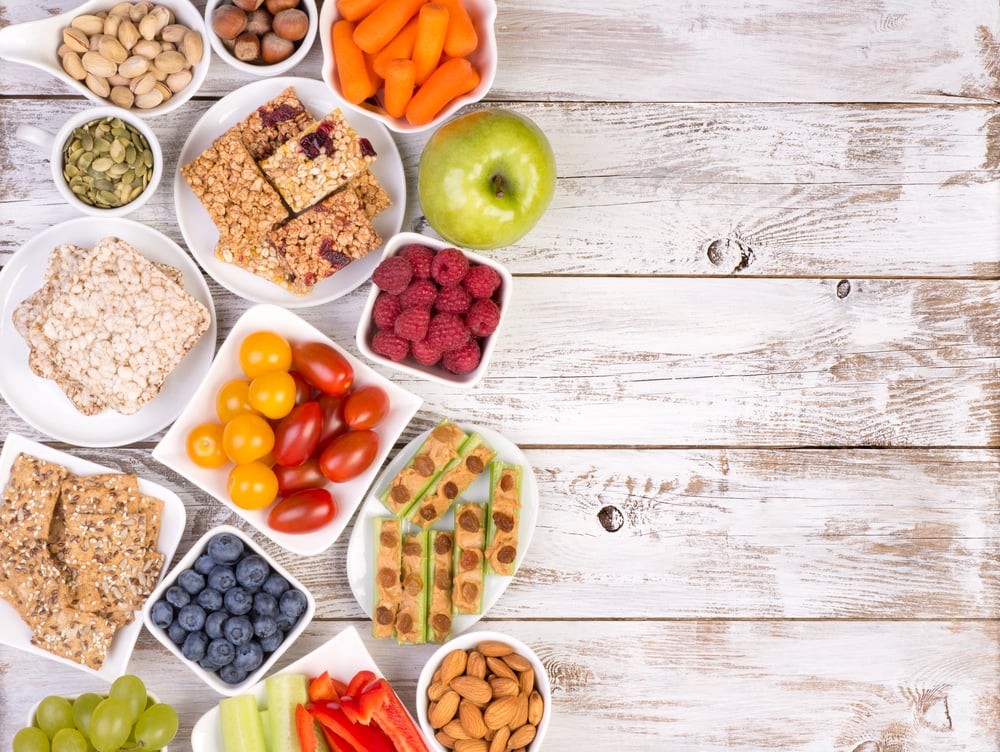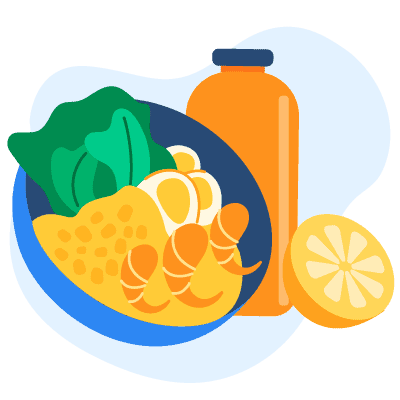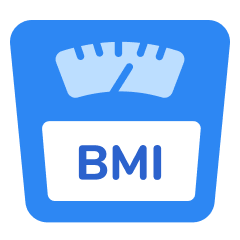Appleton, K. M., Hemingway, A., Rajska, J., & Hartwell, H. (2018). Repeated exposure and conditioning strategies for increasing vegetable liking and intake: systematic review and meta-analyses of the published literature. The American journal of clinical nutrition, 108(4), 842–856. https://doi.org/10.1093/ajcn/nqy143
De Leon, A., Burnett, D. J., Rust, B. M., Casperson, S. L., Horn, W. F., & Keim, N. L. (2020). Liking and Acceptability of Whole Grains Increases with a 6-Week Exposure but Preferences for Foods Varying in Taste and Fat Content Are Not Altered: A Randomized Controlled Trial. Current developments in nutrition, 4(3), nzaa023. https://doi.org/10.1093/cdn/nzaa023
Fanelli Kuczmarski, M., Brewer, B. C., Rawal, R., Pohlig, R. T., Zonderman, A. B., & Evans, M. K. (2019). Aspects of Dietary Diversity Differ in Their Association with Atherosclerotic Cardiovascular Risk in a Racially Diverse US Adult Population. Nutrients, 11(5), 1034. https://doi.org/10.3390/nu11051034
Machado, P. P., Steele, E. M., Levy, R. B., da Costa Louzada, M. L., Rangan, A., Woods, J., Gill, T., Scrinis, G., & Monteiro, C. A. (2020). Ultra-processed food consumption and obesity in the Australian adult population. Nutrition & diabetes, 10(1), 39. https://doi.org/10.1038/s41387-020-00141-0
Miyamoto, K., Kawase, F., Imai, T., Sezaki, A., & Shimokata, H. (2019). Dietary diversity and healthy life expectancy-an international comparative study. European journal of clinical nutrition, 73(3), 395–400. https://doi.org/10.1038/s41430-018-0270-3
Montero-Salazar, H., Donat-Vargas, C., Moreno-Franco, B., Sandoval-Insausti, H., Civeira, F., Laclaustra, M., & Guallar-Castillón, P. (2020). High consumption of ultra-processed food may double the risk of subclinical coronary atherosclerosis: the Aragon Workers’ Health Study (AWHS). BMC medicine, 18(1), 235. https://doi.org/10.1186/s12916-020-01678-8
Moraeus, L., Lindroos, A. K., Warensjö Lemming, E., & Mattisson, I. (2020). Diet diversity score and healthy eating index in relation to diet quality and socio-demographic factors: results from a cross-sectional national dietary survey of Swedish adolescents. Public health nutrition, 23(10), 1754–1765. https://doi.org/10.1017/S1368980019004671
Nachvak, S. M., Abdollahzad, H., Mostafai, R., Moradi, S., Pasdar, Y., Rezaei, M., & Esksndari, S. (2017). Dietary Diversity Score and Its Related Factors among Employees of Kermanshah University of Medical Sciences. Clinical nutrition research, 6(4), 247–255. https://doi.org/10.7762/cnr.2017.6.4.247
Zheng, L., Sun, J., Yu, X., & Zhang, D. (2020). Ultra-Processed Food Is Positively Associated With Depressive Symptoms Among United States Adults. Frontiers in nutrition, 7, 600449. https://doi.org/10.3389/fnut.2020.600449
Drinking Water Regulations. (2022). United Stated Environmental Protection Agency. Retrieved November 18, 2022 from https://www.epa.gov/dwreginfo/drinking-water-regulations
Healthy Beverage Policies. (n.d.). Public Health Law Center. Retrieved November 18, 2022 from https://assets.jhsph.edu/clf/mod_clfResource/doc/MN.healthcare.Healthy%20Beverage%20Policies—Key%20Definitions%20and%20Sample%20Standards1.pdf
Use of the Term “Healthy” in the Labeling of Human Food Products: Guidance for Industry. (2016). Food and Drug Administration. Retrieved November 18, 2022 from https://www.fda.gov/files/food/published/Guidance-for-Industry–Use-of-the-Term-“Healthy”-in-the-Labeling-of-Human-Food-Products-PDF.pdf
Water-Quality Characteristics of Selected Aquifers. (n.d.) USGS. Retrieved October 31, 2022 from https://pubs.usgs.gov/wri/wri014194/pdf/section-3.pdf
Why is Food Hygiene Important?. (2019). Hygiene Food Safety. Retrieved October 31, 2022 from https://hygienefoodsafety.org/why-is-food-hygiene-important/


























